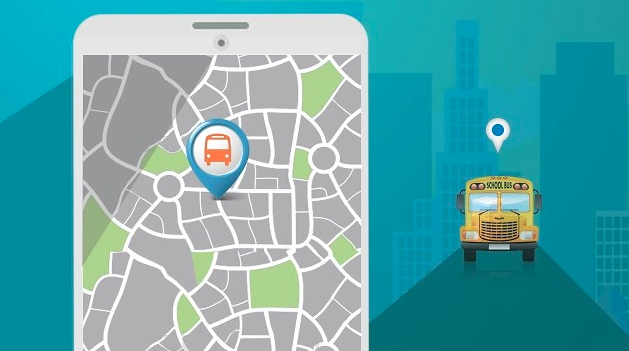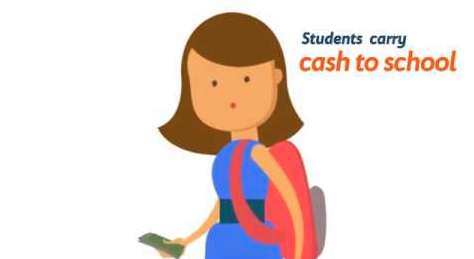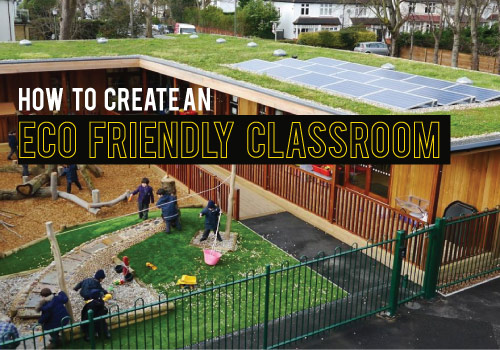Categories(658 Blogs)
Select Category
Watch Right Now
Teacher App - Class
Schedule & Attendance Management App
Parent App from Edsys

Best School Bus Tracking System

Cashless School - For Smart Schools of Tomorrow


How to Create an Eco Friendly Classroom

Education isn’t all about mugging up what is given in the text books. It is also about learning to respect all living beings and to coexist with the nature. As a class teacher, you can initiate your students to celebrate the wonderful planet we live in, through an eco friendly classroom.
Wondering how to do that?
Here are few tips:
Must Read:
- Open those windows
If the classes are during day time, you have ample light coming from outside. The first step towards an eco-friendly classroom is to let the fresh air and natural light pour in through the windows. This will help to rejuvenate you and your students. Also, you can save electricity by not using the lights in your class room.
- Switch off lights and electronics
In case lights are used in the classroom, assign the last student to exit to switch them off before leaving. During day time, put the class computers in sleep mode than using screen savers, when not in use. This can help to reduce 60-70% of energy use. Also, switch off and unplug any electronics used in the classroom at the end of the day to reduce energy use by 40%. You can assign students to ensure that all lights, fans and electronics have been turned off at the end of the day.
- Encourage reusing and recycling
Once students are done using chart and construction papers for a project, collect and keep the leftover pieces that are worth reusing. The pieces that cannot be used again can be recycled. Also, encourage students to use reusable lunch boxes and water bottles.
- Minimize paper wastage
Paper is an inevitable part of every classroom. But, it is a common scene in almost every classroom, where the students grab a sheet of paper and use just a part of it, before grabbing another. Encourage your students to use both sides of a sheet of paper. Enlighten them about how paper comes from trees, the role trees play in our lives and why it is important to protect trees. Also, collect used papers from students and recycle them to use in the classroom.
- Use eco-friendly school supplies
Denmark based company called Sprout World produces pencils of different varieties that can be planted after they wear down to stub. The capsules in the pencils contain seeds that grow into plants. If you look online, you will find similar school supplies that are made of eco-friendly materials that you may have never thought of. Encourage your students to choose these over regular pens and pencils, and other school requirements that add to the nonbiodegradable waste.
- Go digital
Many schools have already introduced the concept of smart classrooms. Encourage your students to use technology for learning purposes. Instead of printing the study material for each student, make it available online so that the students can download them. Also, allow students to submit assignments and projects digitally.
You May Also Like:
Know How Digital Classrooms Can Make Education More Interesting
- Place plants in the class room
What’s an eco-friendly classroom without plants? Plants help to purify air. Also, bringing plants to the class room help students learn to take care of living beings. Let the students take turns to water the plants.
- Use separate waste bins
Place separate waste bins in your class room to collect food, paper and non-biodegradable wastes. The food waste collected can be used to prepare compost for plants in the school. The paper waste can be recycled and used again, thus minimizing wastage.
- Get out of the classroom
Although, this isn’t actually an ‘eco-friendly classroom’ tip, this will benefit you for sure. Students will find it refreshing to get out of the classrooms once in a while. Find a nice place in the school campus, where you can assemble your students and teach. It doesn’t necessarily have to be the regular lessons. You can talk to them about the different eco-friendly measures you can adopt and how they can make a huge impact in the nature.
- Assign environmental projects
Let the students choose a topic each that they can work on, research and hold a session. This gives the students a better understanding of how being eco-friendly benefits and its importance. This will encourage the students to act and also, make the people around them aware of the importance of protecting the environment.
- Use leftover water for the plants
You obviously have to water the plants you have placed in your classroom regularly. For this, you can use the water left from an experiment or a workshop for the plants instead of going for fresh water from the pipe.
- Conduct a room check at the end of the day
Ensure that the lights and fans in the classrooms are switched off at the end of the day. Also, ensure that there are no insulation leaks in the windows or water leakage in the faucets, in case you have one in your classroom. In case you find any kind of leakage, notify the school maintenance department as soon as possible.
Recent Blogs
Our Educational Services
Popular Blogs
Subscribe

SUBSCRIBE TO OUR NEWSLETTER
Sign Up and Recieve the Latest News
Don’t Worry, We Don’t SpamExplore Our Extensive Researched Educational App Directory
Visit Now














